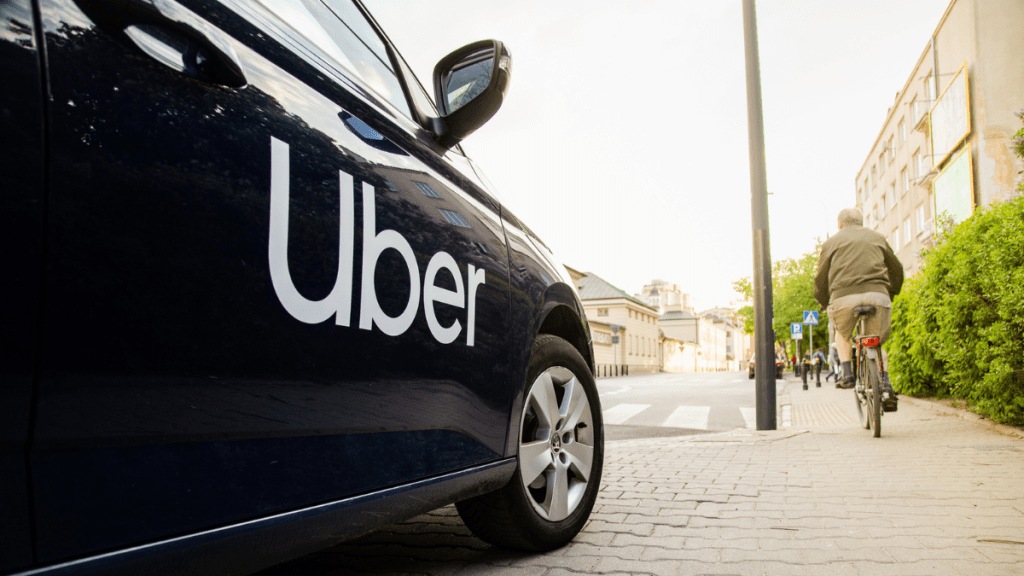In 2018, Sundar Swaminathan, Uber’s US & Canada Rider Lead for Performance Marketing Analytics, stumbled upon a discovery that saved the company a whopping $35 million every year. In a LinkedIn post, he shared that while closely monitoring Uber’s marketing data, he noticed a bizarre trend: customer acquisition costs (CAC) were swinging wildly each week, ranging from a 20% drop to a 20% increase. The catch? Uber wasn’t changing its marketing spend.
Confused by these erratic numbers, Swaminathan’s team dug into the data and did a market saturation check. What they found was key—Uber had already saturated the urban markets. Riders were familiar with the brand and had established preferences. So, the marketing efforts, especially on Meta (formerly Facebook), might not be as effective as expected.
Here’s where the plot thickens: Swaminathan suspected that the fluctuations in CAC weren’t due to the ads themselves, but because of seasonal behaviour. To test this theory, Uber paused all Meta ads for three months. No ads, no problem. There was zero measurable impact on their rider acquisition.
The conclusion? Uber’s money was better spent elsewhere. The company decided to stop investing in Meta ads for rider acquisition in the US and Canada, freeing up $35 million annually to put into more effective channels and strategies.
This story, now a regular feature on Swaminathan’s podcast appearances, has sparked conversations among over 580 marketers and founders. It’s a reminder that sometimes, the best way to save money is to stop doing what everyone thinks works. Uber’s lesson: when you’ve saturated a market, don’t just keep spending—start smartly reallocating.

